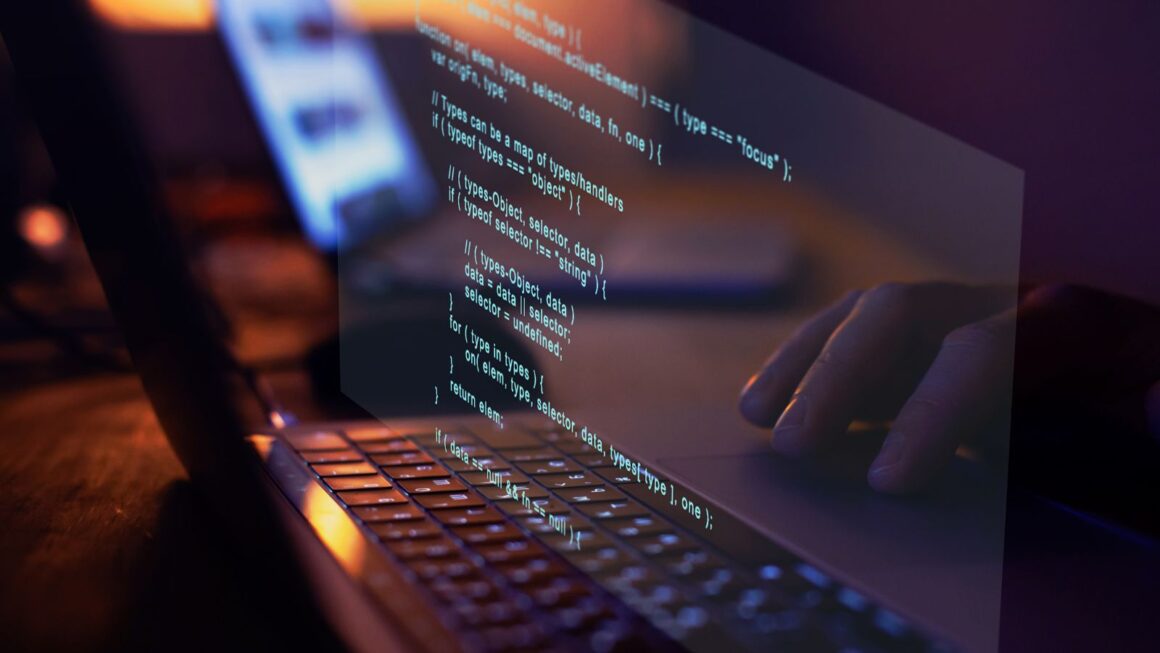
For generations, the worlds of sports betting and poker have been dominated by a simple, brutal truth. The house always wins. In poker, the “house” is the collective skill of your opponents and the cold, hard math of probability. In sports betting, it’s the sportsbook’s vigorish, a built-in commission on every wager that ensures a profit over the long run. Beating the system seemed impossible, a fool’s errand. But a new, silent player has entered the arena, one that doesn’t rely on gut feelings or lucky charms. That player is artificial intelligence, and it’s not playing the same game anymore. It’s finding edges so small, so microscopic, that they were invisible to the human eye. And it’s quietly turning the tables.
Machine learning, a subset of AI where algorithms learn from vast amounts of data to make predictions, is the engine behind this revolution. It doesn’t get tired or emotional. It just crunches numbers, finds patterns, and executes with cold, robotic precision. Let’s look at how this is playing out in two very different, yet similar, battlegrounds, so you can understand how to unlock the highest RTP slots in Canada, and get rewarded for it in real-time!
The Sports Betting Algorithm
In the past, a sharp sports bettor might build a statistical model in a spreadsheet. They’d factor in points scored, defensive rankings, maybe even home-field advantage.

It was a good start. But machine learning models are a different beast entirely. They are dynamic, complex, and insatiably data-hungry.
How the Machines Learn to Predict
These AI systems don’t just look at the final score. They consume a firehose of data. They analyze every single play of a game. They process real-time player tracking data, how fast a basketball player is moving on a backdoor cut, the spin rate on a pitcher’s fastball, and the distance a soccer midfielder covers in the first half versus the second.
They even incorporate unconventional data points: weather conditions down to the minute, travel schedules, rest days, and, in some experimental stages, player biomechanics and social media sentiment. The model takes this mountain of information and finds correlations a human would never see. Maybe it discovers that a specific NFL team’s defense is significantly weaker against play-action passes when the field temperature is below 50 degrees. Or that a particular tennis player’s first-serve accuracy drops by 8% in the third set when facing a left-handed opponent. These are not hunches. They are data-driven probabilities.
This creates a “microscopic edge.” The AI isn’t predicting the winner of the Super Bowl. Instead, it might identify a specific prop bet (a wager on a specific event within a game) that the sportsbook has mispriced. The public might be betting based on name recognition, but the program knows, with a 52% certainty, that the value lies elsewhere. Over thousands of bets, that tiny 2% edge compounds into a massive, guaranteed profit. It’s a grinding, relentless strategy made possible only by the scale and speed of machine learning.
The Unbluffable Opponent
Poker has long been considered a game of human psychology. It’s about the tell, the bluff, the look in your opponent’s eye. How could a machine, which has no fear, no excitement, and no concept of a “poker face,” possibly compete? The answer, famously demonstrated by AI like Carnegie Mellon’s Libratus and Pluribus, is by playing a fundamentally perfect, unexploitable game.
Moving Beyond Human Intuition
The poker AIs were not built with simple instructions like “raise with aces.” They utilized a technique referred to as reinforcement learning, where the AI competes against itself in trillions of hands. This process enables it to learn the mathematically optimal strategy, rather than how to play like the best human. It functions on the principles of probability distributions and game theory, and creates a “mixed strategy” by randomizing its actions so that opponents cannot predict its moves. A player who is unaffected by your bluff cannot be tricked.










